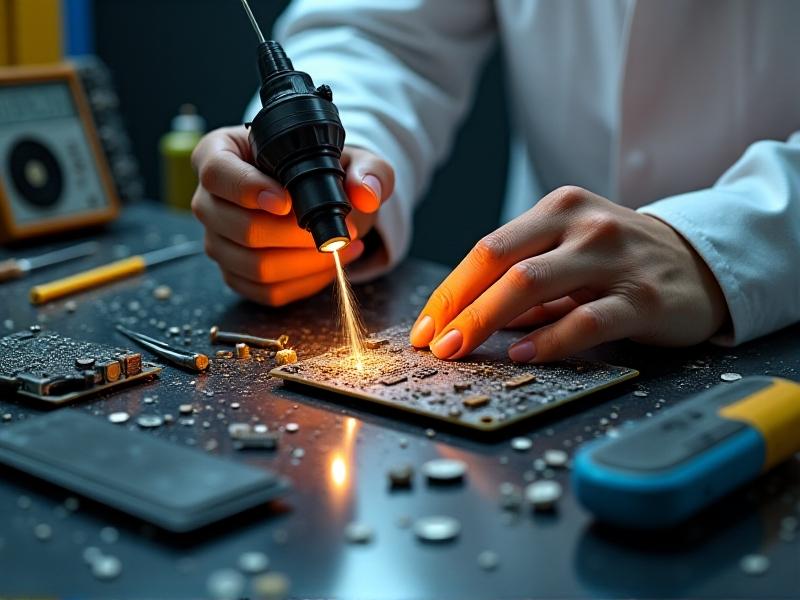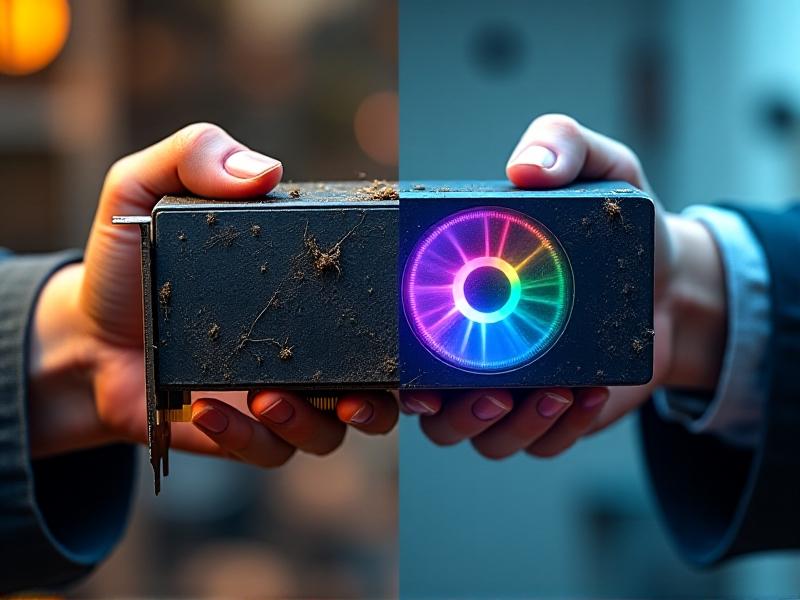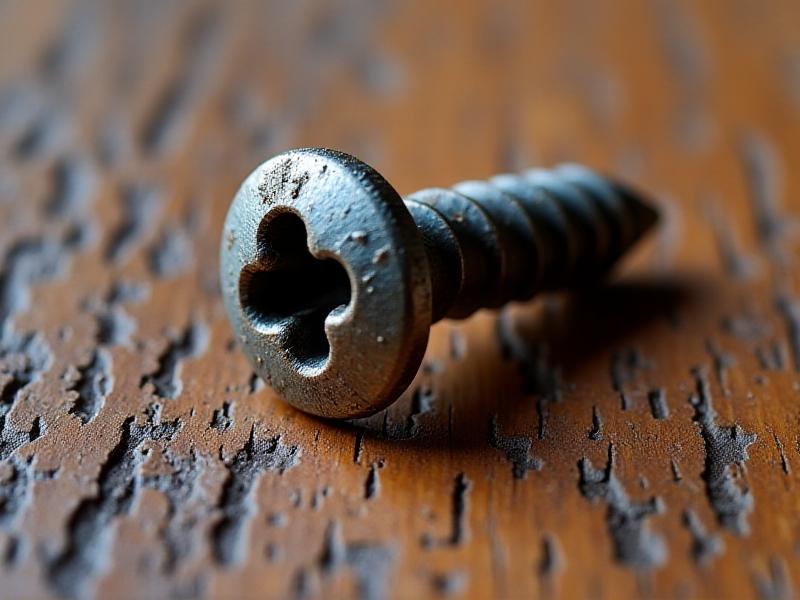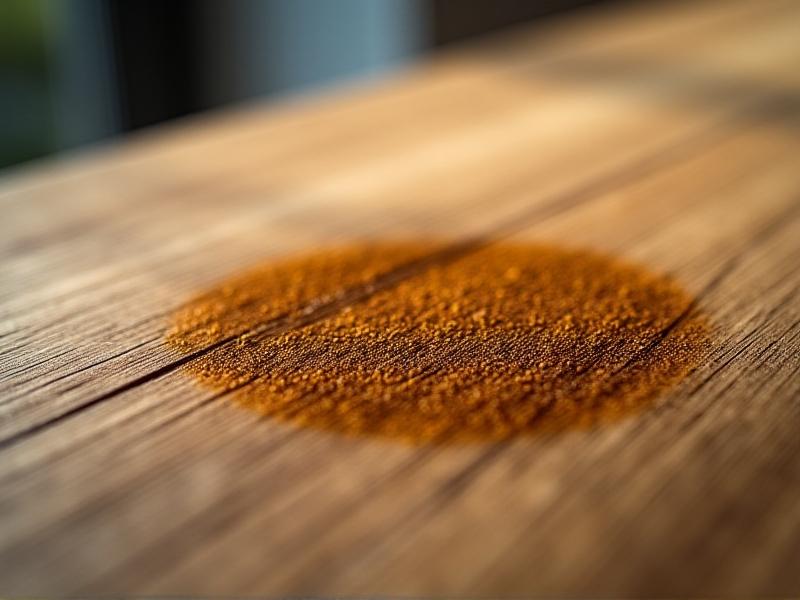Hardware Alchemy: When to Spray, Replace, or Embrace
The Alchemy of Hardware Lifecycles
Hardware, like living organisms, follows a lifecycle—birth, growth, decay, and reinvention. Understanding this rhythm is the cornerstone of hardware alchemy. Every device begins as a cutting-edge marvel, but time and use inevitably introduce wear, obsolescence, or incompatibility. The art lies in discerning when to intervene: Is a simple cleaning sufficient? Does a component need replacement? Or is there hidden potential in repurposing aging tech?
Consider the smartphone. Fresh out of the box, it’s a portal to productivity and connection. Two years later, its battery struggles, and software updates slow it down. Here, the lifecycle pivots: Do you replace the battery (spray), upgrade to a new model (replace), or convert the old device into a dedicated music player (embrace)? This interplay defines hardware alchemy—a dance between practicality, sustainability, and creativity.
Spray: The Art of Maintenance and Restoration
Maintenance is the first line of defense against hardware decay. A can of compressed air, thermal paste, or contact cleaner can resurrect devices on the brink. For example, gaming consoles often succumb to dust-clogged fans, causing overheating. A 10-minute cleaning session can restore performance and extend lifespan. Similarly, reapplying thermal paste to a CPU or GPU can reduce temperatures by 10–15°C, delaying costly upgrades.

But not all fixes are equal. Spray-based solutions thrive in scenarios where cost and effort are low, and ROI is high. A $10 keyboard repair vs. a $150 replacement? Easy choice. However, when components like hard drives or power supplies fail, temporary fixes risk data loss or safety hazards. Knowing the limits of “spray” separates savvy users from costly missteps.
Replace: Recognizing the Point of No Return
Replacement becomes inevitable when hardware bottlenecks progress. Imagine a 2012 laptop struggling with 4K video editing—a new SSD might help, but the CPU and RAM remain inadequate. Here, incremental upgrades waste resources. Similarly, smartphones lacking security updates become vulnerable, necessitating replacement despite functional screens or batteries.

Economic factors also play a role. Repair costs exceeding 50% of a new device’s price often signal replacement time. Yet, exceptions exist: vintage synthesizers or retro gaming consoles gain value with age, making restoration worthwhile. The key is distinguishing emotional attachment from pragmatic necessity.
Embrace: Finding Value in Aging Systems
Aging hardware isn’t obsolete—it’s an opportunity. Old laptops morph into home servers, managing file storage or smart home systems. CRT monitors, once discarded, now fetch high prices among retro gaming enthusiasts for their authentic scanline aesthetics. Even outdated smartphones find new life as security cameras or dedicated GPS devices.

Educational initiatives also benefit. Schools with limited budgets repurpose decade-old PCs for basic coding lessons or terminal clients. By embracing hardware’s latent potential, users reduce e-waste and foster innovation, proving that “old” doesn’t mean “useless.”
The Decision Matrix: A Framework for Choices
Navigating spray, replace, or embrace requires a structured approach. Start by evaluating: Is the device’s core function intact? Can a repair restore >80% performance? What’s the environmental impact of replacement? Create a weighted scorecard factoring in cost, time, sustainability, and emotional value.

For instance, a 2016 smartphone with a cracked screen might score high for repair if replacement screens are affordable and the OS still receives updates. Conversely, a failing appliance with discontinued parts leans toward replacement. This matrix isn’t static—it evolves with technological advancements and personal priorities.
Sustainability and the Ethics of Hardware Alchemy
The tech industry generates 53 million metric tons of e-waste annually—a figure poised to double by 2050. Hardware alchemy counters this tide. Repairing or repurposing devices reduces demand for resource-intensive mining and manufacturing. Advocacy for “Right to Repair” laws challenges corporate practices that discourage user fixes, like Apple’s parts-pairing or John Deere’s tractor software locks.
Ethical considerations also arise: Should companies profit from planned obsolescence? Can consumers balance convenience with ecological responsibility? By supporting modular designs and refurbished markets, users vote for a circular economy where hardware’s value persists beyond its initial use.
Future-Proofing: Balancing Innovation and Practicality
Future-proofing isn’t about chasing every innovation—it’s strategic foresight. Opt for devices with upgradeable RAM, storage, and batteries. Framework Laptop’s modular design lets users swap ports, screens, or motherboards, defying disposable culture. Similarly, building a desktop PC with a robust PSU and motherboard ensures compatibility with next-gen components.
Yet, future-proofing has limits. Over-investing in today’s tech risks redundancy if industry standards shift (e.g., PCIe 5.0 vs. 4.0). The sweet spot lies in balancing quality, adaptability, and budget—a testament to hardware alchemy’s nuanced philosophy.







